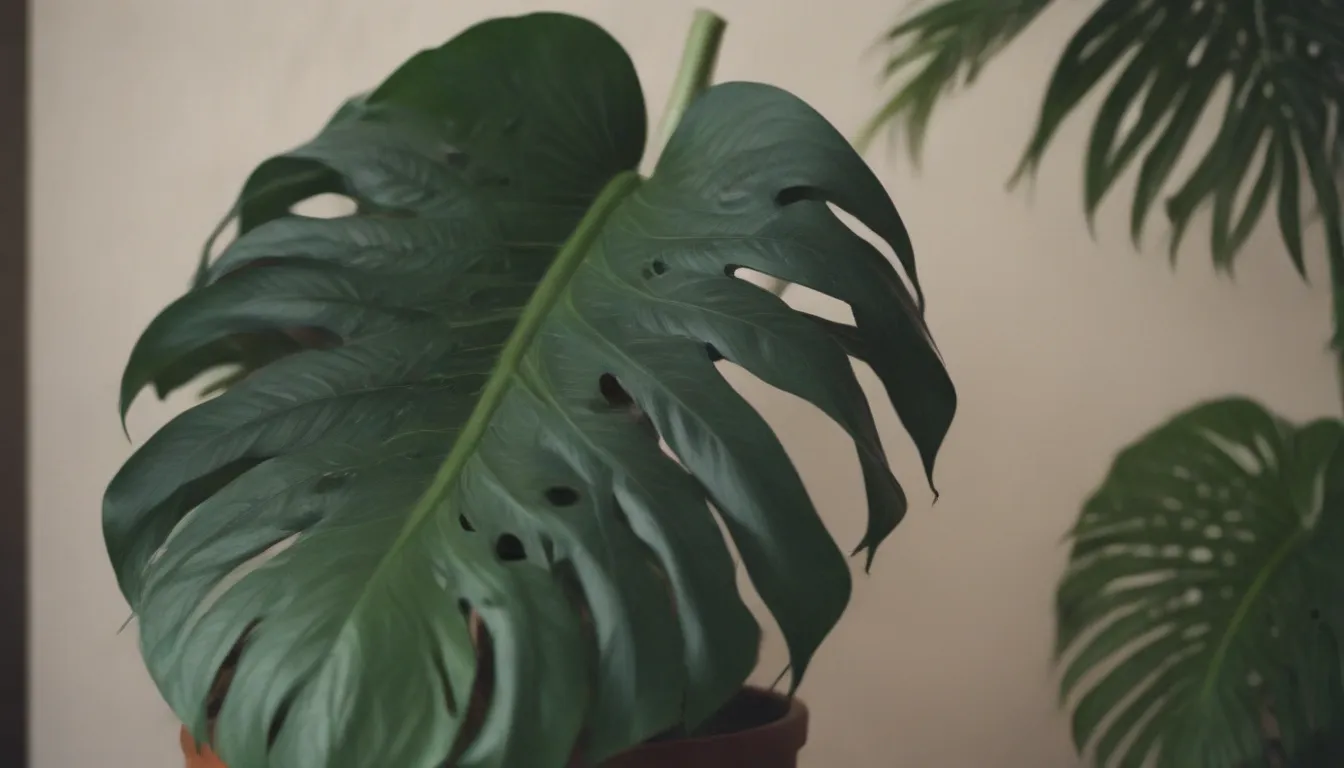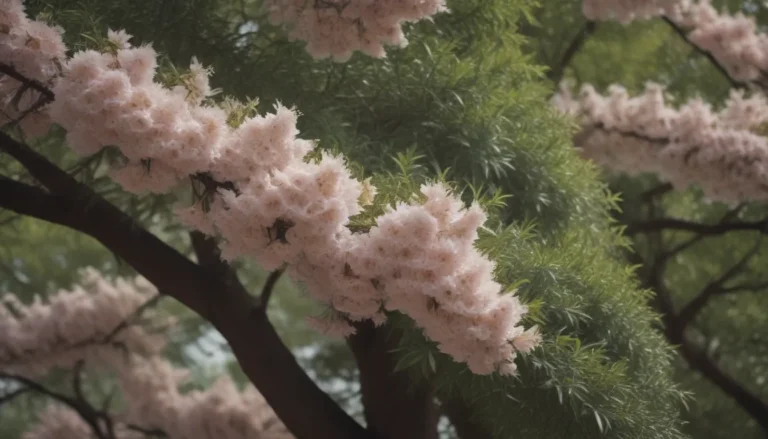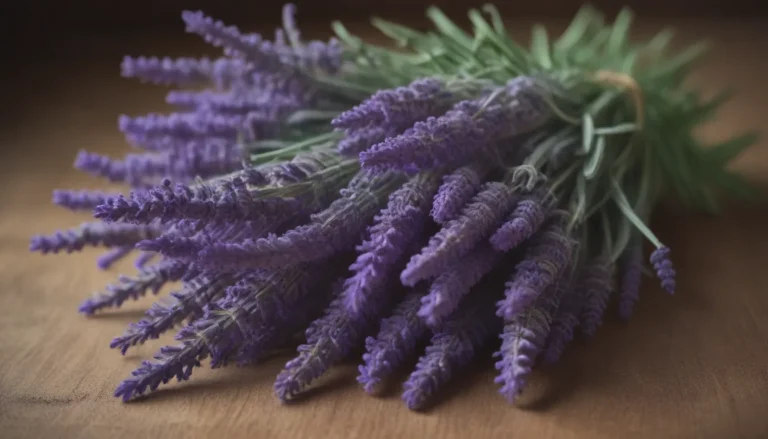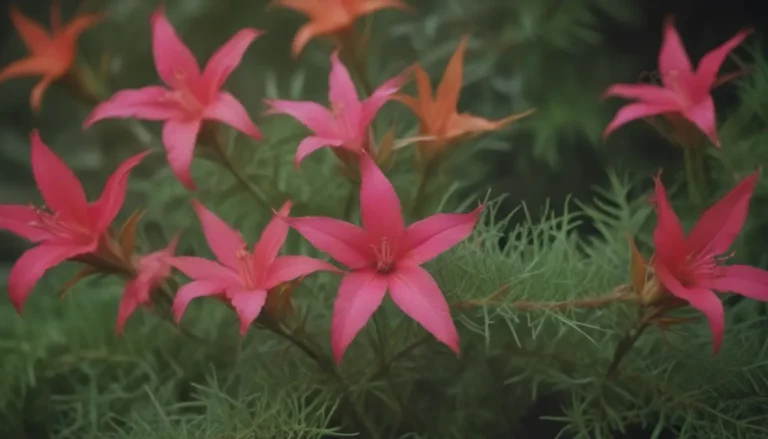A Comprehensive Guide to Growing and Caring for Monstera Obliqua

Monstera obliqua, also known as M. obliqua ‘Peru’, is a unique and rare vining plant that has been gaining popularity in the houseplant market. Often confused with M. adansonii, this particular species stands out with its larger and more highly-fenestrated leaves. In this detailed guide, we will explore everything you need to know about growing and caring for Monstera obliqua to ensure that this stunning plant thrives in your home.
Monstera Obliqua Care Basics
Growing and caring for Monstera obliqua can be a rewarding experience, but it requires specific attention to its needs. Whether you are a seasoned plant enthusiast or a beginner looking to expand your collection, here are some essential care requirements to keep in mind:
Light
- Monstera obliqua plants thrive in bright to medium indirect light, requiring at least 7 hours of light per day.
- Avoid direct sunlight, as it can lead to leaf burn, and ensure the plant is not placed in low light conditions.
- Consider using grow lights, especially if growing in a greenhouse cabinet or terrarium, to provide the optimal lighting conditions for your plant.
Soil
- Use a well-draining potting mixture that is rich in nutrients and retains moisture well.
- A mix of indoor potting soil, perlite, and sphagnum moss can help maintain the right balance of moisture and humidity for Monstera obliqua.
- Loamy soil mixed with bark is another suitable option for this plant.
Water
- Keep the soil evenly moist, allowing the top inch or two to dry out between waterings to prevent overwatering and root rot.
- Check the soil moisture regularly and adjust your watering schedule accordingly, especially during the plant’s growing season.
- Reduce watering in the fall and winter months when the plant enters dormancy.
Temperature and Humidity
- Maintain a high humidity level of at least 80 percent and temperatures around 77 degrees Fahrenheit (25 degrees Celsius) to support optimal growth.
- Consider using a humidifier or placing the plant in an enclosed environment like a greenhouse cabinet to create the ideal conditions.
- Monitor temperature and humidity levels using small readers to ensure the plant’s well-being.
Fertilizer
- Monstera obliqua is a slow-growing plant that requires less fertilizer than other Monsteraspecies.
- Dilute a water-soluble liquid fertilizer to half strength and apply it once a month during the growing season.
- Avoid fertilizing in the fall and winter months to support the plant’s natural growth cycle.
Types of Monstera Obliqua
While there are several varieties of M. obliqua found in the wild, only a few have made their way into the houseplant market. Here are some notable varieties to consider:
– M. obliqua ‘Peru’
– M. obliqua ‘Bolivia’
– M. obliqua ‘Amazonas’
Pruning and Propagating Monstera Obliqua
Pruning
- While not mandatory, regular pruning can help maintain a bushy appearance and prevent vines from losing leaves at the base.
- Use clean, sharp scissors to trim long vines as needed, avoiding removing more than a third of the plant mass at once.
Propagating
- Propagating Monstera obliqua can be challenging but is possible through rooting stem cuttings.
- Take cuttings from the main plant or from a runner during the active growing season in spring to increase your chances of success.
Potting and Repotting
- Repot Monstera obliqua every few years when it outgrows its current container or shows signs of root congestion.
- Choose a slightly larger pot and refresh the soil during repotting to ensure the plant has enough room to grow without risking overwatering.
Common Pests and Problems
Pests
- Keep an eye out for common houseplant pests such as spider mites, scale, whitefly, thrips, and fungus gnats that can affect Monstera obliqua.
- Regularly inspect your plant for signs of infestation and consider using mild insecticides preventatively.
Common Problems
- Yellow Leaves: Yellow leaves can indicate various issues, including overwatering, underwatering, improper light exposure, or pest infestations. Assess your plant’s environment to identify the cause.
- Root Rot: Watch out for signs of root rot, such as yellowing and wilting leaves, indicating overwatering. Trim affected roots and repot the plant in fresh soil if necessary.
- Dry Leaves: Ensure adequate humidity to prevent the drying out of Monstera obliqua’s delicate leaves, mimicking its tropical habitat conditions.
Fun Facts About Monstera Obliqua
To further appreciate this unique plant species, here are some interesting facts about Monstera obliqua:
– In their natural habitat, Monstera obliqua can grow to heights of 6 to 10 feet, but indoors, they typically reach 4 to 5 feet.
– Monstera obliqua produces stolons that can be used for propagation, allowing you to expand your plant collection.
– Due to its rarity, slow growth rate, and challenging propagation process, Monstera obliqua is considered a prized and sought-after plant in the houseplant community.
In conclusion, by following the care tips outlined in this guide and paying attention to the specific requirements of Monstera obliqua, you can successfully grow and nurture this stunning vining plant in your home. Remember to observe your plant closely, make adjustments as needed, and enjoy watching it thrive and beautify your living space. Happy growing!





